 In which kingdoms can we find eukaryotic organisms?
In which kingdoms can we find eukaryotic organisms?
A eukaryiotic organism can belong to:
- Kingdom Protoctista
- Kingdom Fungi
- Kingdom Plantae
- Kingdom Animalia
What´s the main difference between organisms in the Monera kingdom and the other 4 kingdoms?
Organisms in the Monera kingdom are PROKARYOTES
Are Protozoa unicellular, multicellular or both?

Protozoa are Unicellular Protoctist.
All algae are multicellular and that's why we can see them with our naked eye. True or false?

FALSE, there are many unicellular algae. For instance, the ones which, together with cyanobacteria, protozoa and other organisms, form PLANCTON.
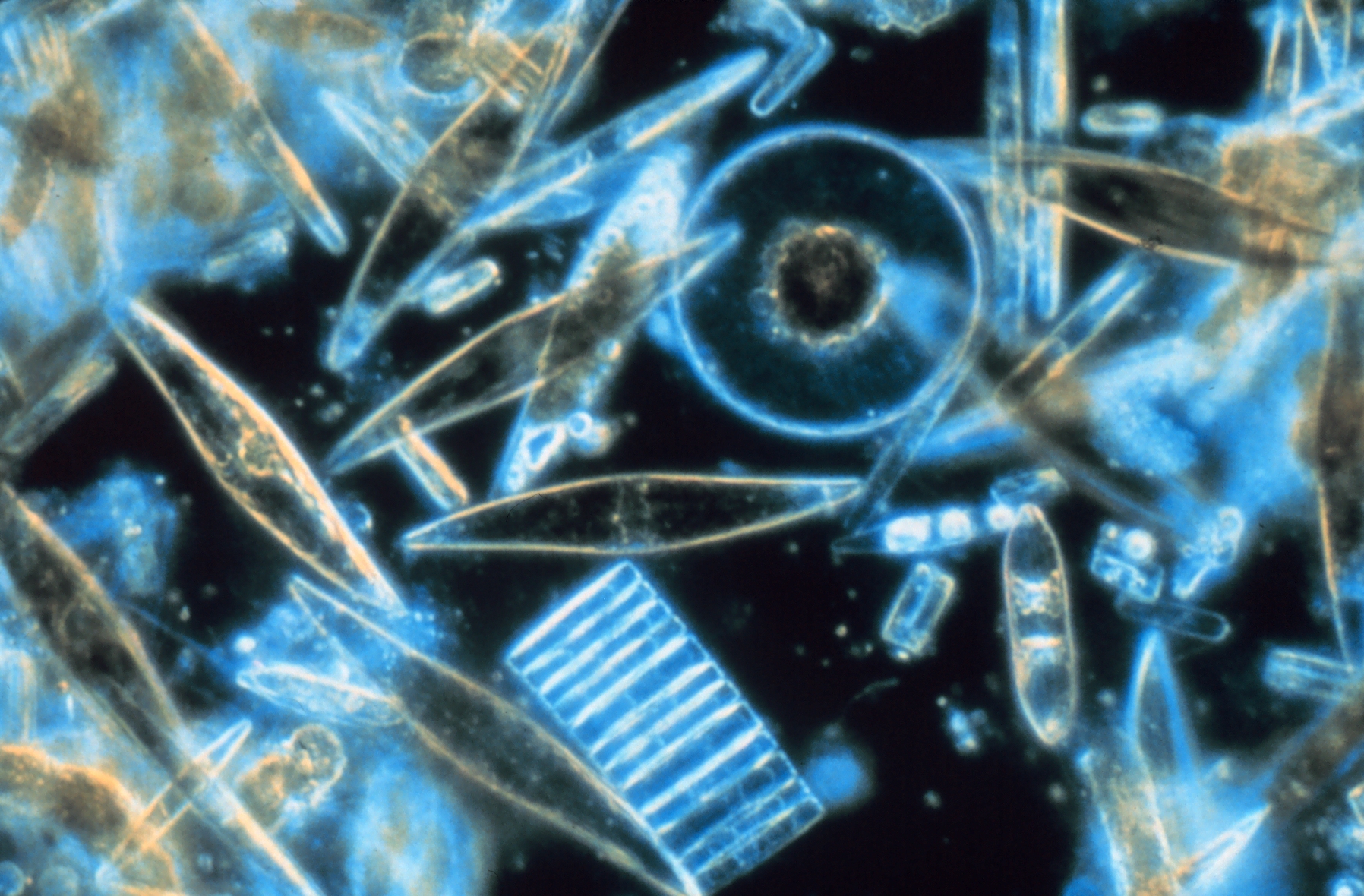
Fungi are all multicellular. True or false?

False, there are unicellular fungi such as yeast.
What's the name and in which kingdom would you include this green organism?

It is a MOLD and it belogs to Kingdom FUNGI.
What´s the name of the long appendix which is used by many bacteria to move?

It is a FLAGELLUM.
Some eukaryotic cells can also have flagella but their structure is much more complicated.
What´s the name of the small appendices (similar to microscopic hairs) that cover this protozoon?

They are CILIA and they are used to create currents in order to get nutrients, as well as for attaching to surfaces.
Which organelle do algae cells have that protozoa cells do not have?
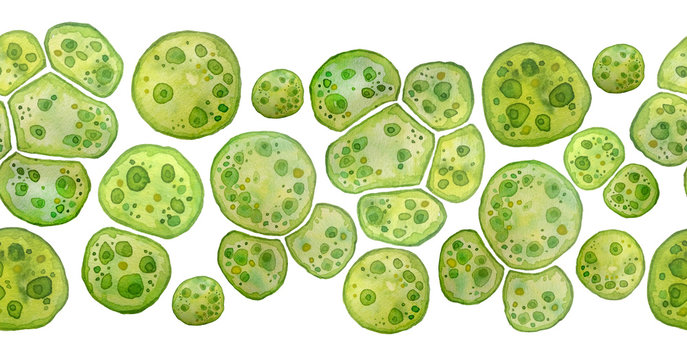

They have CHLOROPLASTS for doing photosynthesis.
Fungi, just like plants, carry out photosynthesis. That´s why they grow in forests. True or false?

FALSE, fungi feed on organic matter from other living beings.
Which kingdoms include organisms which are only heterotrophs?

Kingdom FUNGI and kingdom ANIMALIA.
Image: CNX OpenStax (CC-BY 4.0)
What's the name of bacteria with the shape a)? And shape b)? and c)?

a) COCCI
b) BACCCILI
c) SPIROCHAETES
What´s the name of the 2 arms that this protozoan uses for movement or hunting bacteria?

They are PSEUDOPODS.
Name a benefit provided by ALGAE.
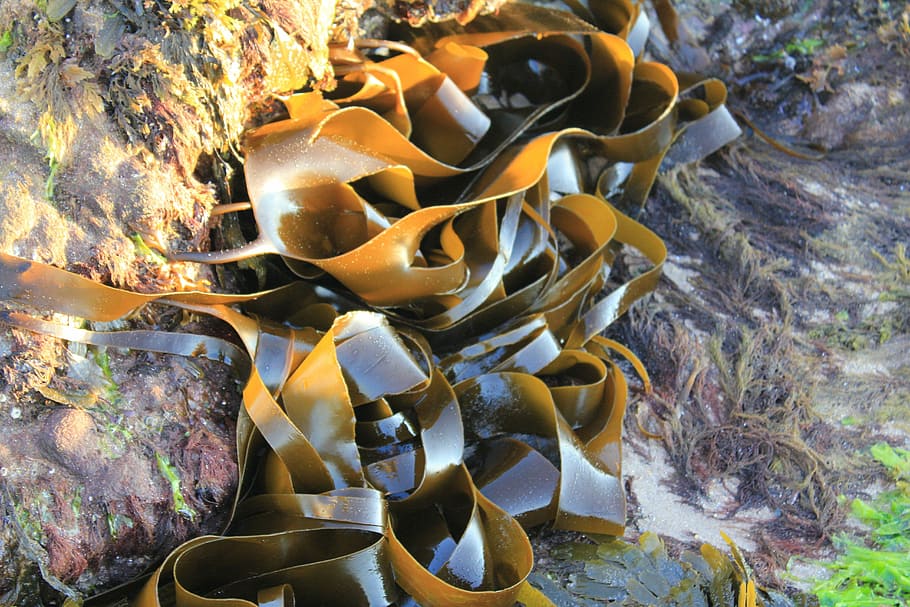
ALGAE can provide many benefits:
- As they are photosynthetic organisms, they provide oxygen to the seas and the atmosphere.
- They are nutritive.
- Products such as Agar are obtained from them.
The structure we see from multicellular fungi is just the fruity body, that is, the reproductive system which will disseminate the spores. True or false?

True. As in an iceberg, the rest of the fungus is hidden under the earth.

Which kingdom can include unicellular and multicellular organisms and it includes also autotroph and heterotroph organisms?

Kingdom PROTOCTISTA. In fact, it is known as the "trash bin" kingdom where organisms not belonging to other kingdoms are "dumped".
Imagen: DBCLS (CC-BY-4.0)
What´s the group of autotrophic bacteria that can live in colonies and that filled with oxygen the primitive atmosphere?
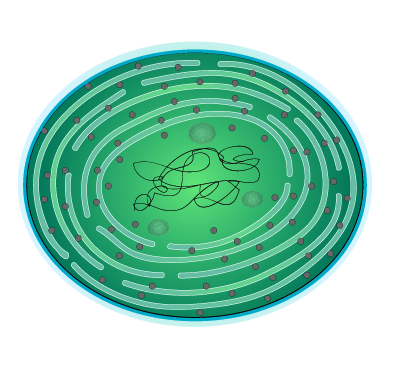
CYANOBACTERIA.
Give an example of a parasitic protozoan causing illnesses in human beings.

There are many but the most important is MALARIA.

What king of algae appears in this delicious plate? What other 2 kinds of multicellular algae do you know?

That algae is a GREEN ALGAE.
There are also RED ALGAE and BROWN ALGAE.
COMPLETE LA PHRASE: Some fungi have __________, which are long filaments. The system formed by these filaments is called _____________
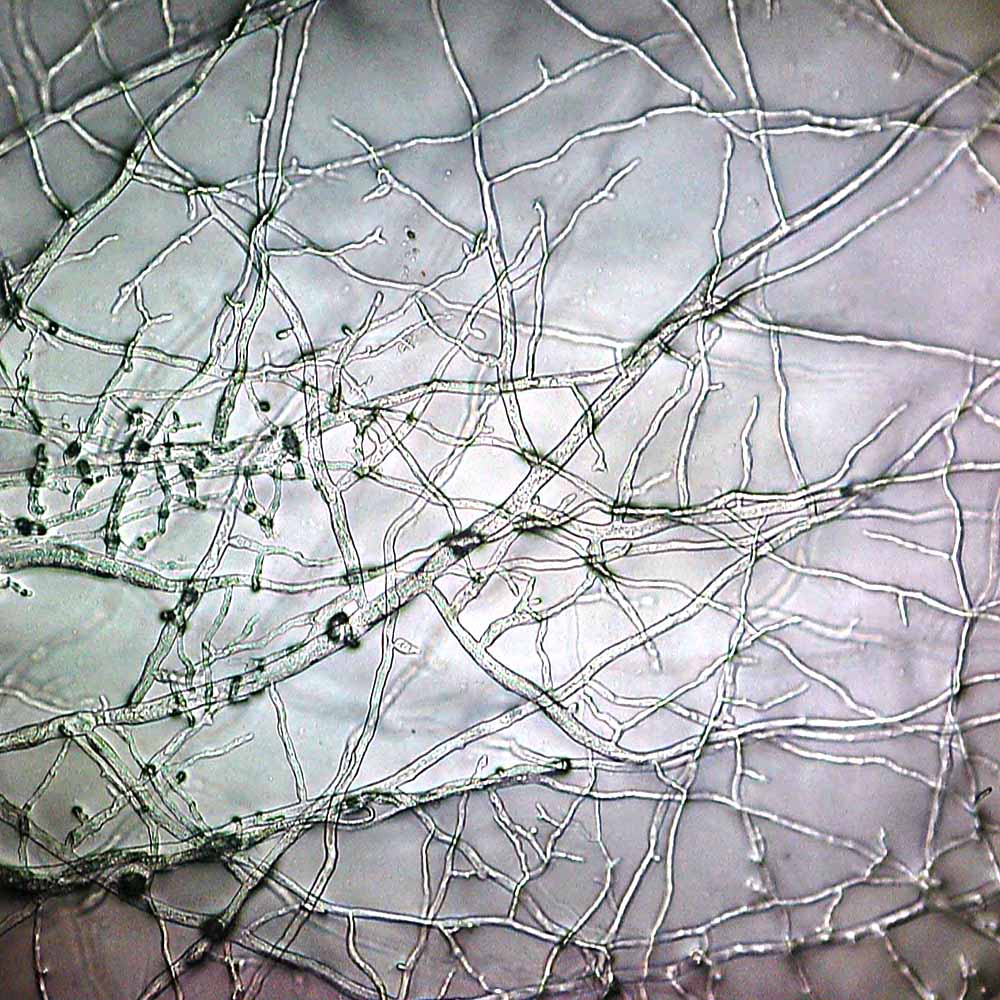
Some fungi have HYPHAE, which are long filaments. The system formed by these filaments is called MYCELIUM.
In which kingdom would you include a unicellular, eukaryotic autotroph organism?

In kingdom PROTOCTISTA, as it would be similar to a unicellular algae such as Euglena.
How do bacteria usually reproduce?

Asexually by binary fission.
Not all protozoa are parasites, many of them are benefitial. Explain a benefit which can be provided by protozoa.

They are part of PLANCTON, which is a nutrient for many aquatic organisms.
They are also important for CLEANING BLACK WATERS, as they feed on decomposing bacteria which are present in these waters.
Algae can reproduce in different ways, both sexually and asexually. Explain, at least, 2 types of ASEXUAL REPRODUCTION in algae.

Algae can reproduce asexually by:
- BINARY FISSION (if algae are unicellular, they reproduce as bacteria)
- FRAGMENTATION (a new individual is formed from the fragment of other).
- BY SPORES
Fungi can reproduce in different ways, but yeasts such as in this image reproduce by a process called...

Yeasts used for bread, beer or wine reproduce through BUDDING.